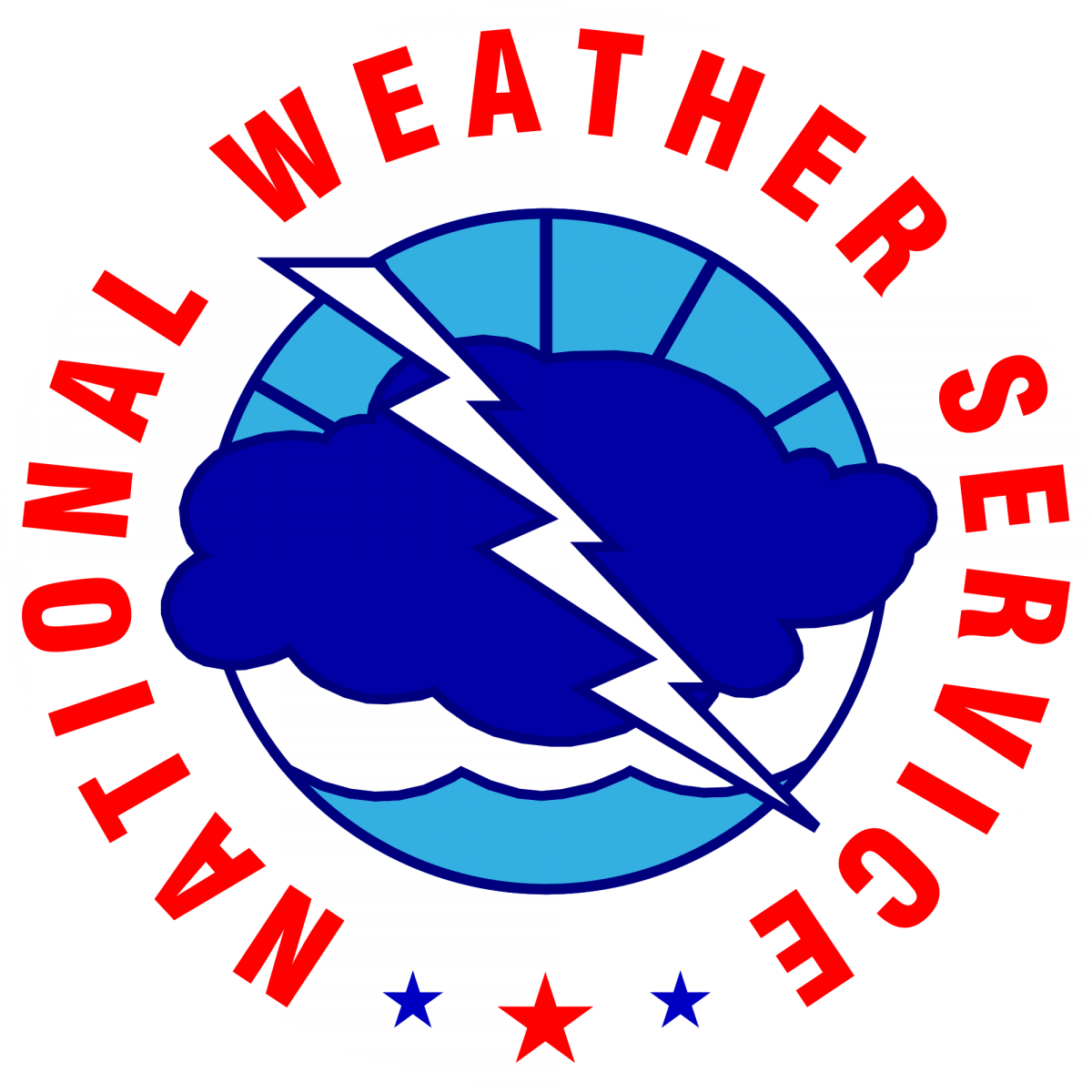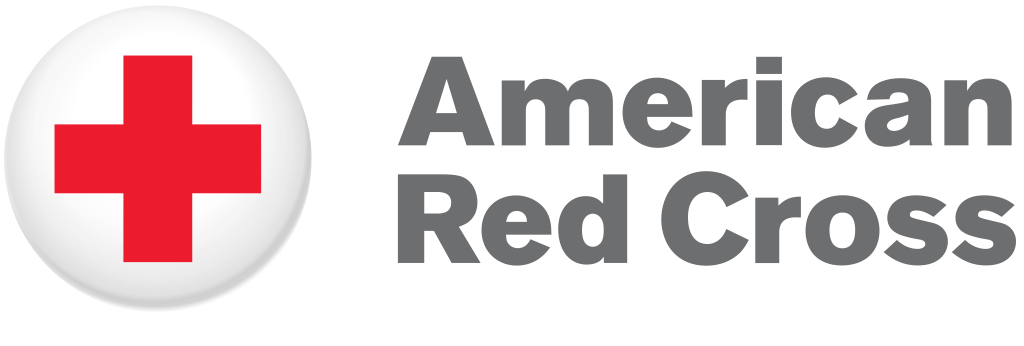Hurricane Readiness
Be ready for the next hurricane.

Ready.gov
Hurricanes are dangerous and can cause major damage because of storm surge, wind damage, and flooding. They can happen along any U.S. coast or in any territory in the Atlantic or Pacific oceans. Storm surge is historically the leading cause of hurricane-related deaths in the United States.
Read more →

CDC.gov
If you live in areas at risk, the Centers for Disease Control and Prevention (CDC) encourages you to be prepared for hurricane season. The Atlantic hurricane season is June 1 through November 30 each year. It's always important to be prepared for a hurricane.
Planning for hurricane season and other potential disasters can be stressful, and because the 2020 hurricane season comes during the coronavirus disease 2019 (COVID-19) pandemic, it may be especially so.
Read more →
Planning for hurricane season and other potential disasters can be stressful, and because the 2020 hurricane season comes during the coronavirus disease 2019 (COVID-19) pandemic, it may be especially so.

Weather.gov
Be ready for hurricane season. Today you can determine your personal hurricane risk, find out if you live in a hurricane evacuation zone, and review/update insurance policies. You can also make a list of items to replenish hurricane emergency supplies and start thinking about how you will prepare your home for the coming hurricane season. If you live in hurricane-prone areas, you are encouraged to complete these simple preparations before hurricane season begins on June 1. Keep in mind, you may need to adjust any preparedness actions based on the latest health and safety guidelines from the CDC and your local officials.
Read more →

Redcross.org
Hurricanes are strong storms that can be life-threatening as well as cause serious hazards such as flooding, storm surge, high winds and tornadoes. Learn what to do to keep your loved ones safe!
Preparing During the Pandemic? Please review our guidance on preparing for hurricane season while still protecting yourself from COVID-19. (Available in multiple languages.)
Read more →
Preparing During the Pandemic? Please review our guidance on preparing for hurricane season while still protecting yourself from COVID-19. (Available in multiple languages.)

OSHA.gov
Hurricanes are a form of tropical cyclones that are capable of causing devastating damage to communities. Hurricanes are storm systems with circulating air and sustained wind speeds of 74 miles per hour or higher. The strongest hurricanes can have wind speeds exceeding 155 miles per hour. Areas on the Atlantic Coast, near the Gulf of Mexico, as well as parts of the Southwestern United States are vulnerable to hurricanes. The Atlantic hurricane season lasts from June to November and peaks between August and October. The Eastern Pacific hurricane season begins mid May and also ends in November. This page provides information on hurricane warnings, hazards that hurricanes cause, and precautions that workers and employers should take after a hurricane has occurred.
Each employer is responsible for the safety and health of its workers and for providing a safe and healthful workplace for its workers. Employers are required to protect workers from the anticipated hazards associated with the response and recovery operations that workers are likely to conduct. For additional information on Workers' Rights, Employer Responsibilities, and other services OSHA offers, visit OSHA's Employers Page, Workers Page and Publications.
Read more →
Each employer is responsible for the safety and health of its workers and for providing a safe and healthful workplace for its workers. Employers are required to protect workers from the anticipated hazards associated with the response and recovery operations that workers are likely to conduct. For additional information on Workers' Rights, Employer Responsibilities, and other services OSHA offers, visit OSHA's Employers Page, Workers Page and Publications.

Hurricane Seasons
Eastern Pacific Hurricane Season: May 15-November 30.
Atlantic Hurricane Season: June 1-November 30.
Central Pacific Hurricane Season: June 1-November 30.
Atlantic Hurricane Season: June 1-November 30.
Central Pacific Hurricane Season: June 1-November 30.